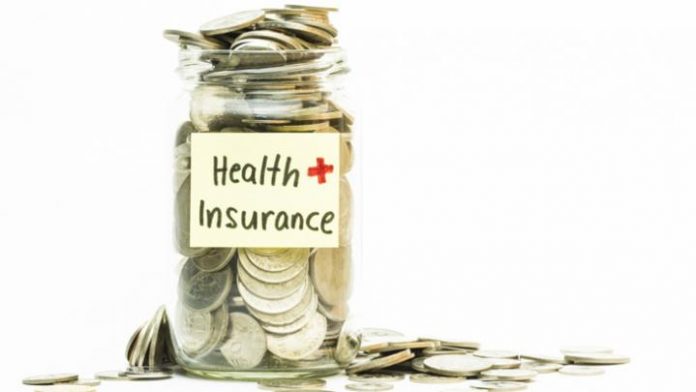Latest figures suggest that medical tourism’s “uninsured Americans” may be a myth. 20 million people enrolled in insurance cover since 2010.
The establishment of the Affordable Care Act has led to 20 million people enrolling in insurance cover since 2010.
2016 figures from the Department of Health and Human Services show the uninsured rate in the U.S. has reached a historic low from 2010, when the Affordable Care Act took effect, through early 2016.
The uninsured rate decreased as a result of provisions of the Affordable Care Act including Medicaid expansion, Health Insurance Marketplace coverage and changes in private insurance that allow young adults to stay on their parent’s health insurance plans. The law also requires plans to cover people with pre- existing conditions.
- HHS figures at March 2016 show that 6.1 million young adults gained cover from 2010 to 2016 as a result of being able to stay on their parents’ plan until age 26.
- The uninsured rate among Black non-Hispanics dropped from 22% to 10% with 3 million adults gaining cover.
- The uninsured rate among Hispanics dropped from 41.8% to 30.5% with 4 million Hispanic adults gaining coverage.
- The uninsured rate among White non-Hispanics declined by more than 50% (from 14.3% to 7.0%), corresponding to about 8.9 million adults gaining coverage.
Insurers and the government are now targeting the Black and Hispanic communities with simpler literature and Spanish language literature.
In 2016, the uninsured ratio across all the USA has fallen to 9% but this includes those under the age of 18 and over the age of 64.This is a remarkable achievement when you consider that in some states the percentage of the population that either omit to insure their cars or opt out of the tax system can reach 20%.
The key change of the healthcare law is that all individuals must either have health insurance via their employer, or buy their own cover.
- Those without insurance will receive a tax penalty
- Anyone earning less than $45,960 is eligible for tax credits to help reduce insurance costs.
- Health insurance exchanges offer new Bronze, Silver, Gold, and Platinum plans from a range of insurers.
- Increased Medicare benefits means very few people have no health insurance.
- Those who earn less than $45,960 as an individual (or $94,200 for a family of 4) will receive a tax credit to help pay for some or all of the insurance.
This significant shift raises questions for those who have built their medical tourism strategy on targeting the US uninsured market.








 ©2024 All rights reserved LaingBuisson
©2024 All rights reserved LaingBuisson 


